Many of our patients in Toronto ask if they can only wear metal braces or if there are other types of braces. The good news is that orthodontic technology has come a long way over the years. Now, there are all sorts of braces that can fit different needs, lifestyles, and preferences. In this guide, we’ll break down the most popular types of braces, how they work, and who they’re best suited for.
That way, you’ll be able to make a smart decision with the help of our expert orthodontic team at City Orthodontics.
Braces are what orthodontists use to straighten out teeth and sort out bite issues.
They work by applying a little bit of pressure over time, helping teeth shift into their proper spots.
Traditional braces have small metal or ceramic brackets that stick to the front of each tooth, and these brackets are connected by a thin wire called an archwire.
To keep everything in place, small rubber bands or metal ties are used, and the orthodontist adjusts the wire to keep the treatment on track.
People usually get braces to deal with problems like crooked or crowded teeth, gaps, overbites, underbites, and other dental issues that can affect how teeth work and look.
If you’d like to know the budget for braces treatment, make sure to read our article about it.
Today, you can choose from several types of braces, each offering its own benefits.
Let’s look at each one.
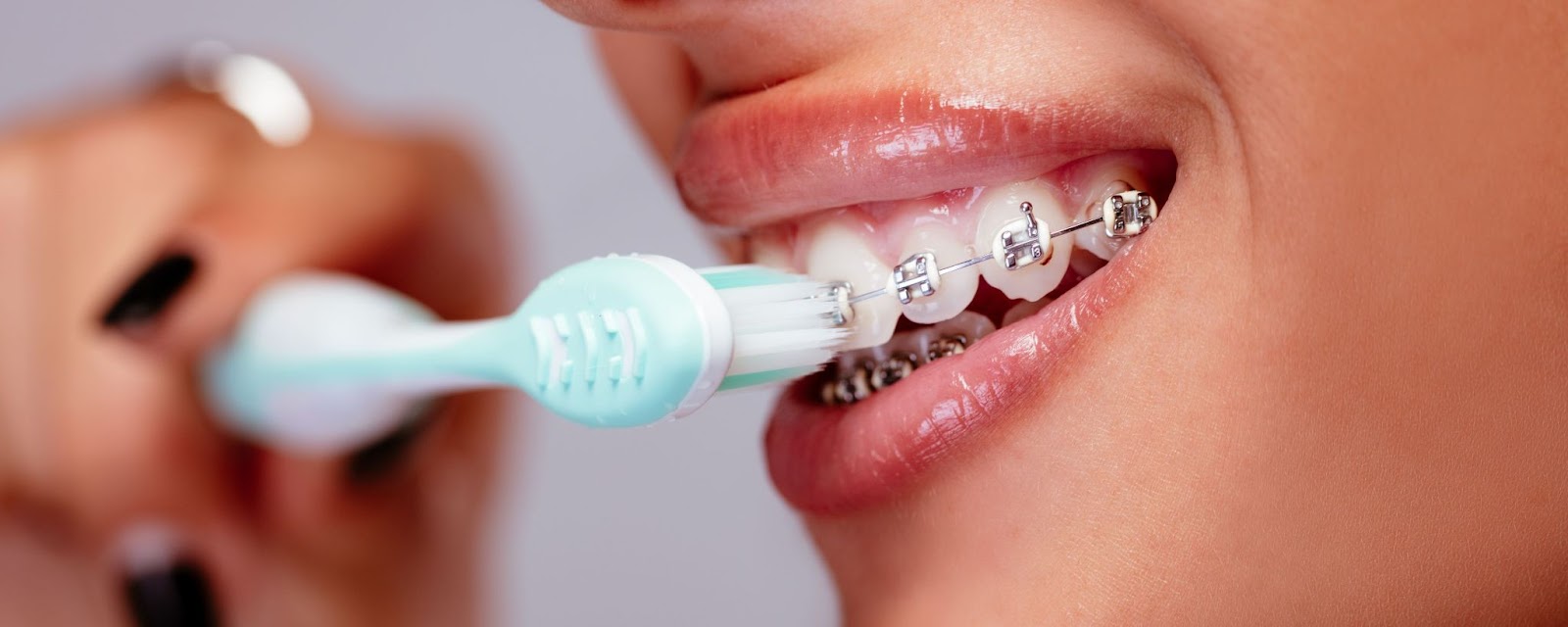
Metal braces are the most common type of orthodontic treatment.
They use strong stainless-steel brackets attached to your teeth, connected by wires and elastic bands.
These parts work together to slowly move your teeth into the right position.
Why choose them?
They suit patients of all ages with moderate to severe orthodontic problems who don’t mind visible braces.
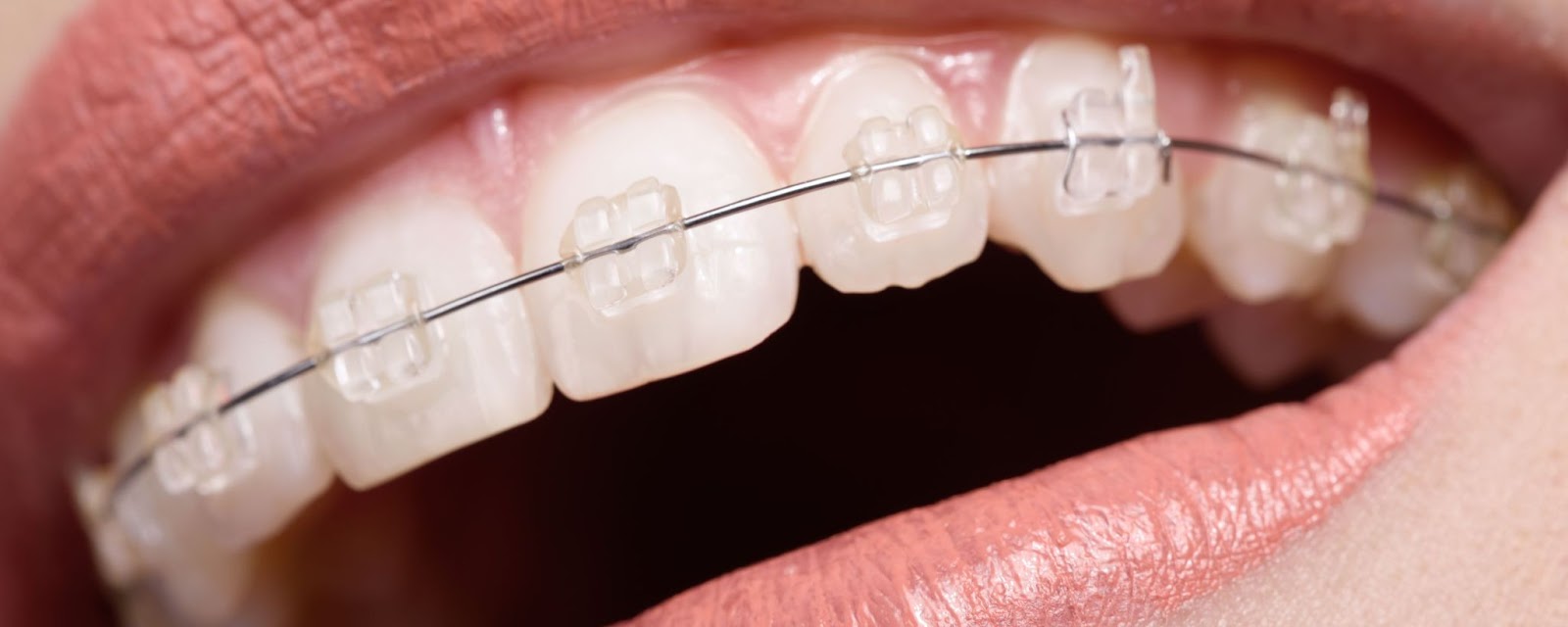
Ceramic braces are similar to metal braces but use clear or tooth-colored brackets, making them less noticeable while still effective.
You should go for this option if you’re looking for:
They work well for teens and adults who prefer less visible braces but still need a fixed appliance.
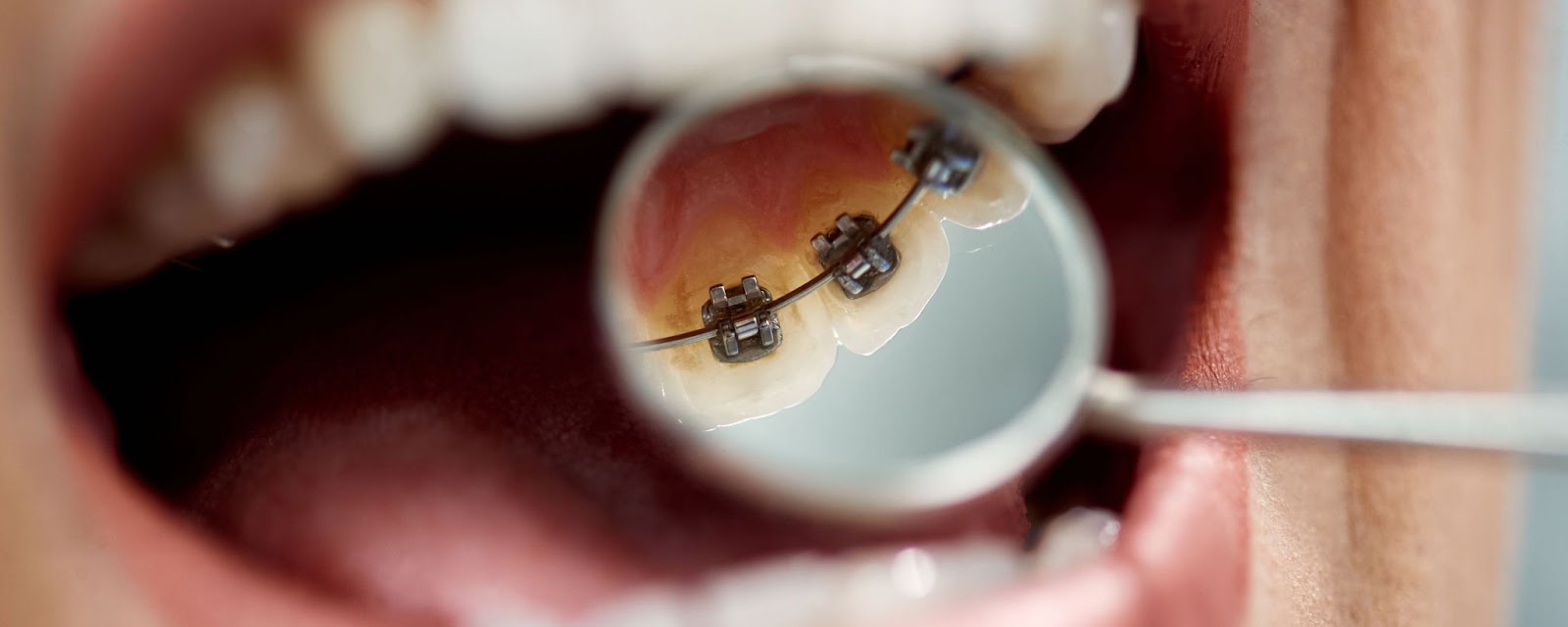
Lingual braces are metal braces placed on the back (tongue side) of your teeth, making them invisible from the front.
They work like traditional braces and are custom-made for each patient.
This type is:
They are made for adults or older teens who want their braces to be out of sight and are ready to invest in a customized solution.

Clear aligners like Invisalign are removable plastic trays shaped for your teeth.
Each tray makes small adjustments, and you switch to a new one every 1–2 weeks.
If you want to learn more about how it works, feel free to read about it.
Invisalign is the most advanced and well-known brand; however, there are other options like Smile Direct Club.
Why is Invisalign a favorite choice?
They suit teens and adults with mild to moderate alignment issues who want a discreet and flexible option.
Invisalign can also handle more complex cases with experienced providers like those at City Orthodontics.
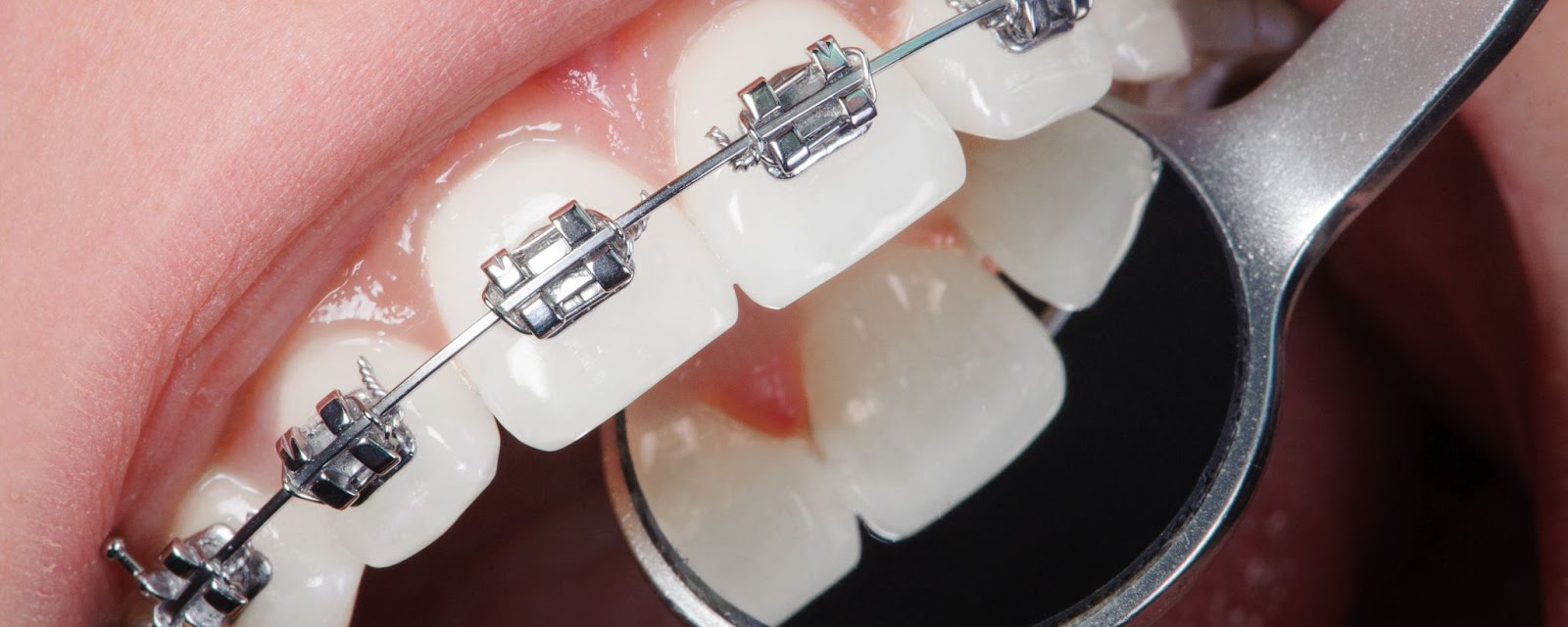
Self-ligating braces look like traditional braces but use special clips instead of elastic bands to hold the wire.
This design creates less friction and may speed up treatment.
They are:
They are for patients who want the benefits of metal braces with a more modern approach.
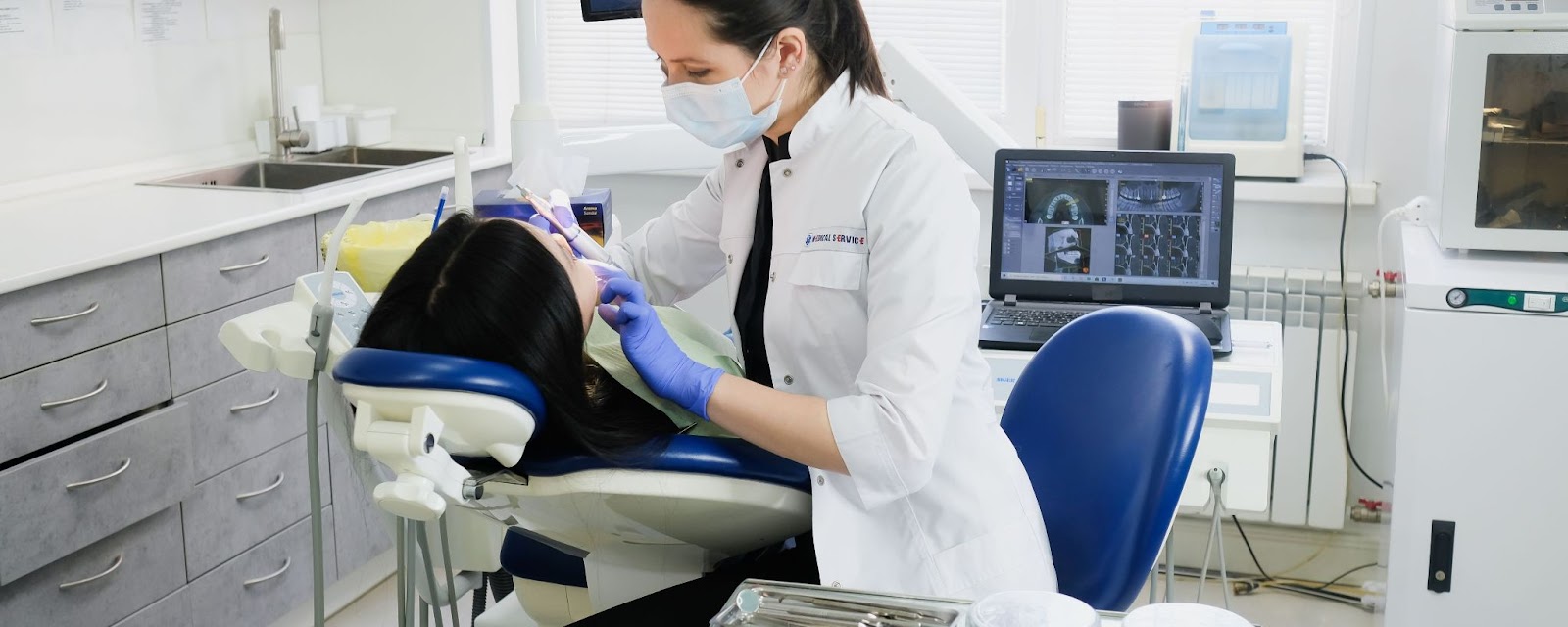
Accelerated orthodontics refers to methods used to speed up treatment, no matter what type of braces you choose.
These may include micro-osteoperforation, vibration devices, or photobiomodulation.
Why choose this method?
They are ideal for busy professionals, adults, or anyone who wants faster results without sacrificing quality.
Picking the right braces really depends on your dental needs, lifestyle, and how much you want to spend.
Metal Braces are perfect for tricky dental issues and if you’re on a budget.
Ceramic Braces are a solid choice if you want something less visible for mild to moderate problems.
Lingual Braces are great if you want them completely out of sight since they go behind your teeth.
Invisalign (Clear Aligners) is ideal if you're looking for a flexible and low-maintenance option that’s not noticeable.
Self-Ligating Braces can speed up your treatment and mean fewer visits to the orthodontist.
Accelerated Ortho Add-Ons is designed for those who want to see results faster.
Choosing the right braces depends on your dental goals, budget, and lifestyle.
Each type helps you get a healthier, straighter smile.
We understand that so many choices can be overwhelming. That’s why our team is ready to help you.
At City Orthodontics, we offer various braces and can assist you in finding the best option for you.
.svg)